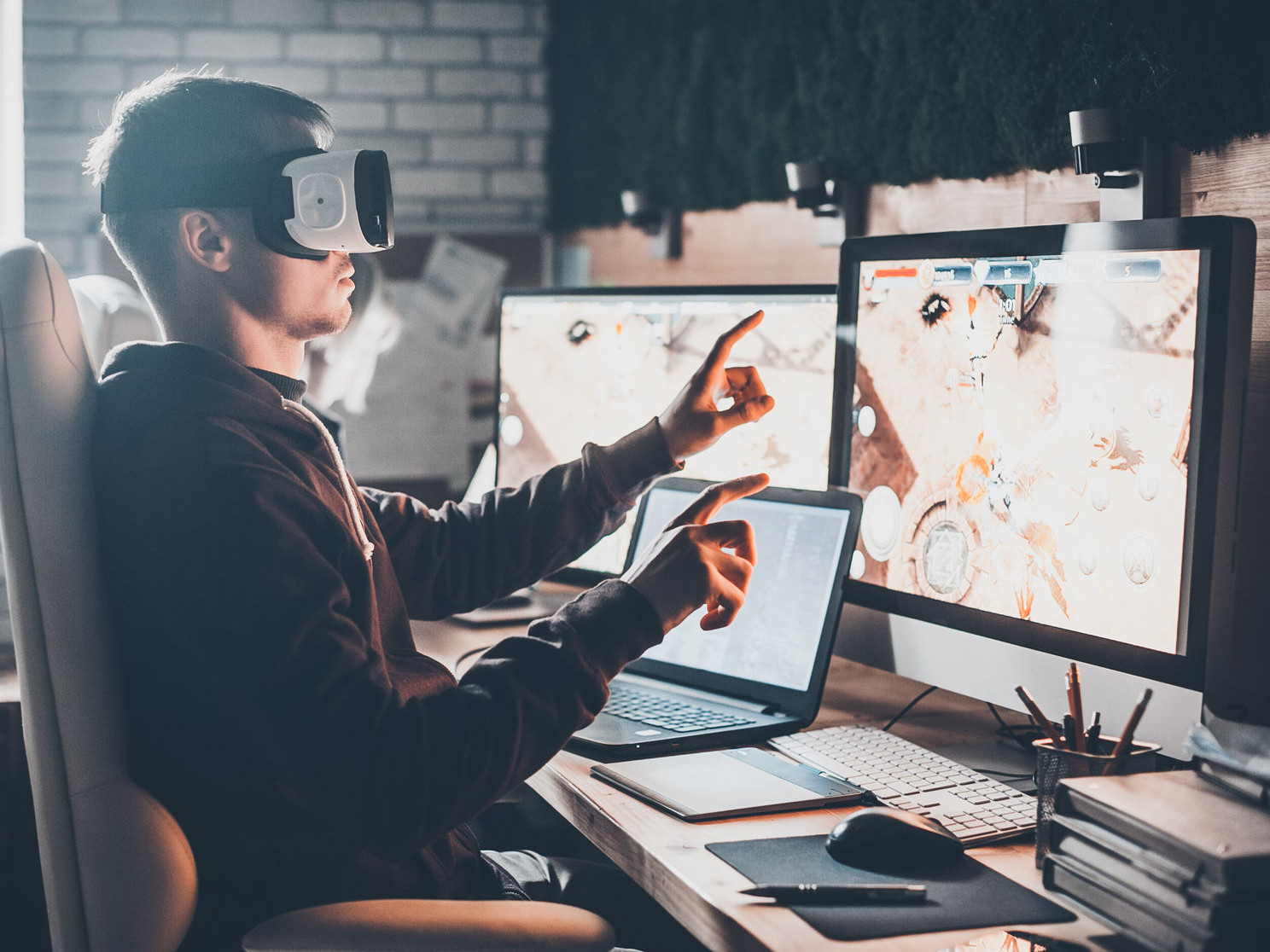The virtual reality industry has quite a lot of promise, despite some flaws that need to be addressed sooner or later. One thing people often wonder about is whether or not a VR headset can replace the need for a monitor or TV screen altogether. While we all hope that will be the case at some point, that is not the case for now. This situation may change in the future, though.
A VR Headset Won’t Replace Your Big Screen Just Yet
It has to be said, there is a good reason why people get excited about virtual reality. It is possible to use the VR environment – combined with a few good apps – and recreate a virtual workspace anyone can enjoy. This space can then be used for productivity or entertainment purposes. However, there are limits as to what the technology can do right now.
To be more specific, the best a virtual reality headset can do right now is output a resolution that is not as crisp and sharp as most people would like. In the gaming environment, this is not that big of an issue, although it is a bit of a drawback. However, when it comes to productivity or content consumption, a VR headset will not replace your PC monitor or a TV right now. The difference in quality is way too substantial.
One potential solution to this problem is how future generations of HMDs will come with an HDMI port themselves. This would, in theory, allow one to route a second device through this HDMI port as an input. This can be a computer, gaming console, or virtually any other device that has the right connection. If VR headsets ever achieve a full-HD or better output quality, this can become quite an interesting proposition.
To put this into perspective, one would have to look at things from a video content consumption or a productivity point of view. A clear and sharp image is vital when using a VR headset for entertainment purposes. Games work just fine with current hardware, as there is a lot going on that can make you inadvertently ignore the rough edges and slightly blurry graphics. That too will change once higher-resolution HMDs come to market, but for now, it is a trivial issue.
It appears the Windows Mixed Reality developer kits may give us an example of how high-quality headsets will perform. The device should come with an HDMI port, although that has not been officially confirmed at this point. Moreover, it is rumored the resolution of this HMD will feature 1440 x 1440 pixels per eye. A big step up compared to the current resolution, although it will also require much beefier hardware to run.
If you liked this article make sure to follow us on twitter @thevrbase and subscribe to our newsletter to stay up to date with the latest VR trends and news.












